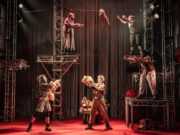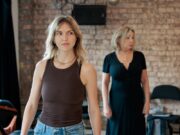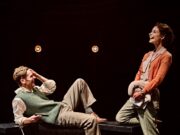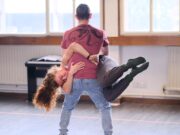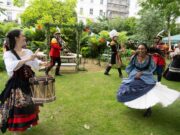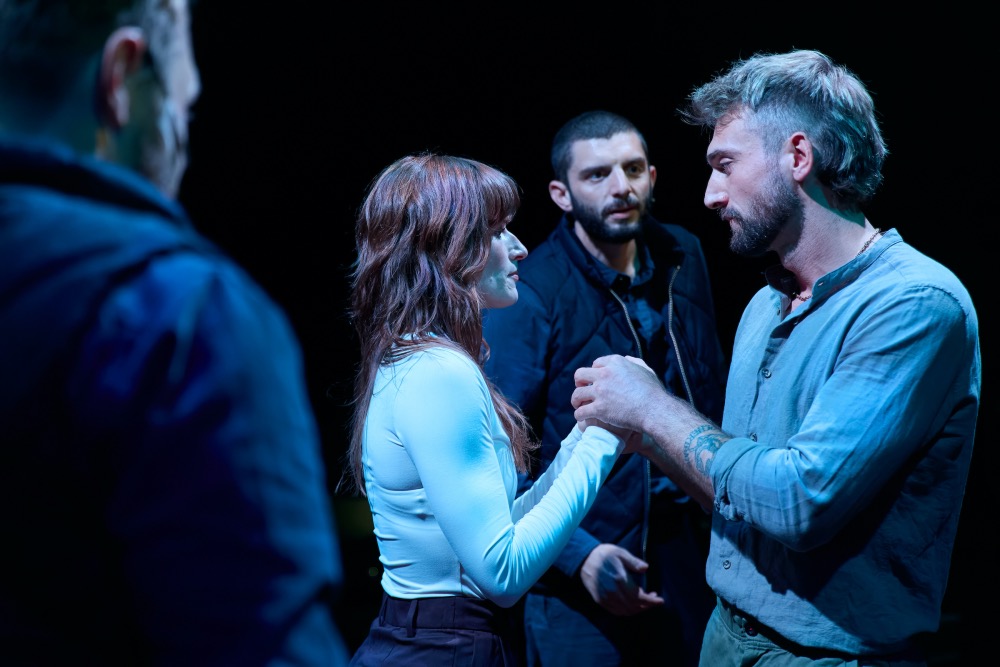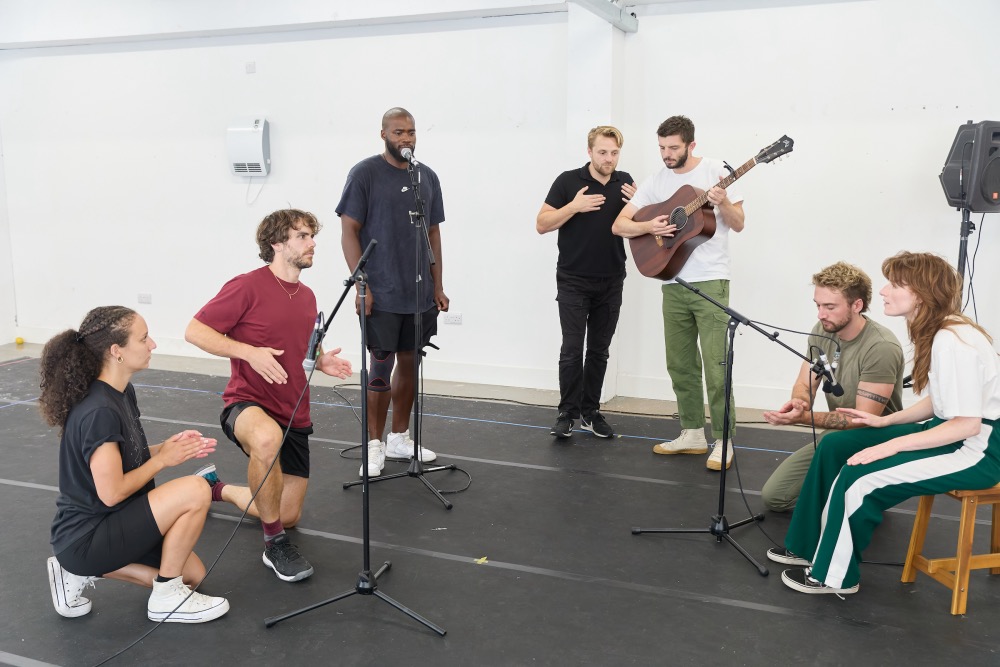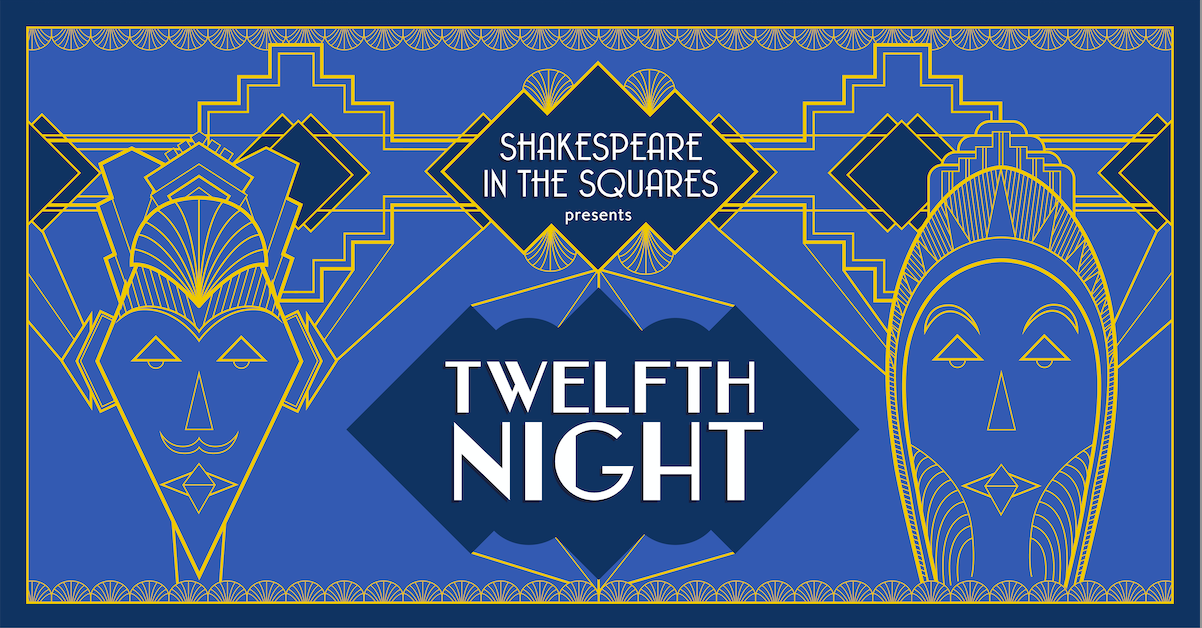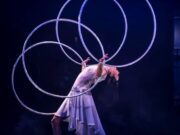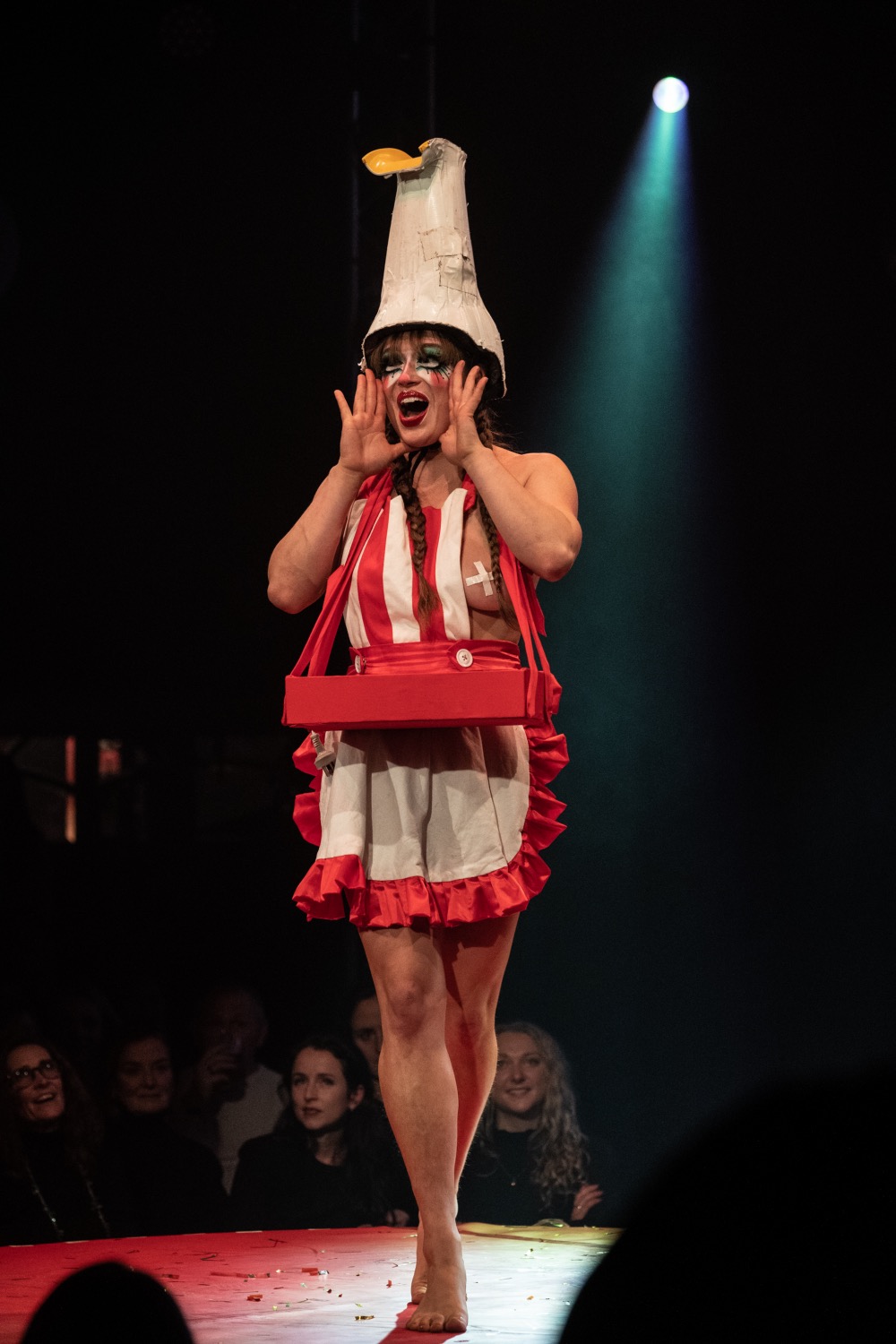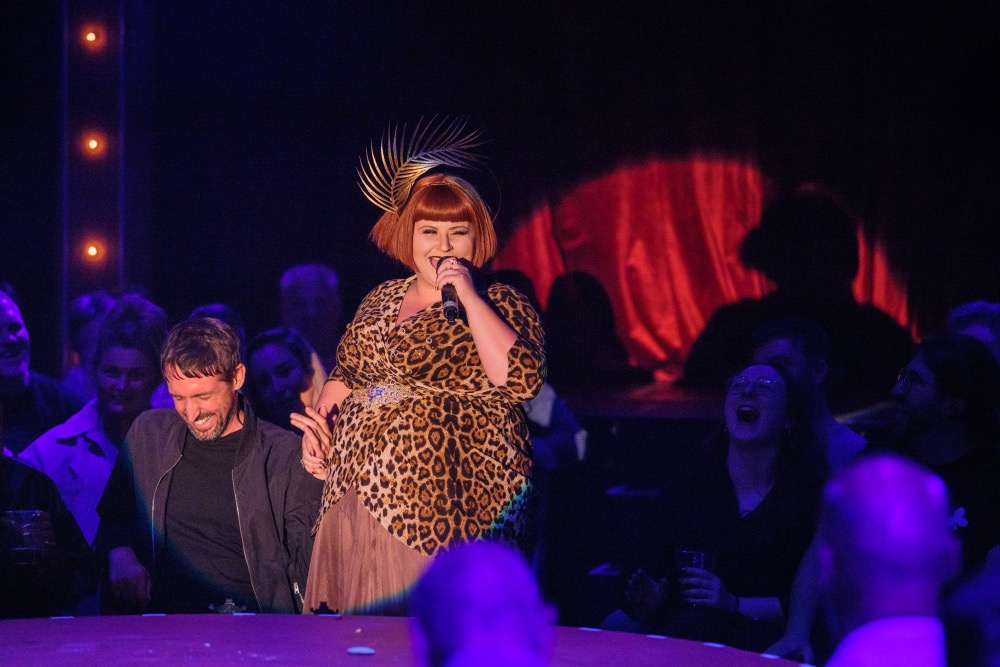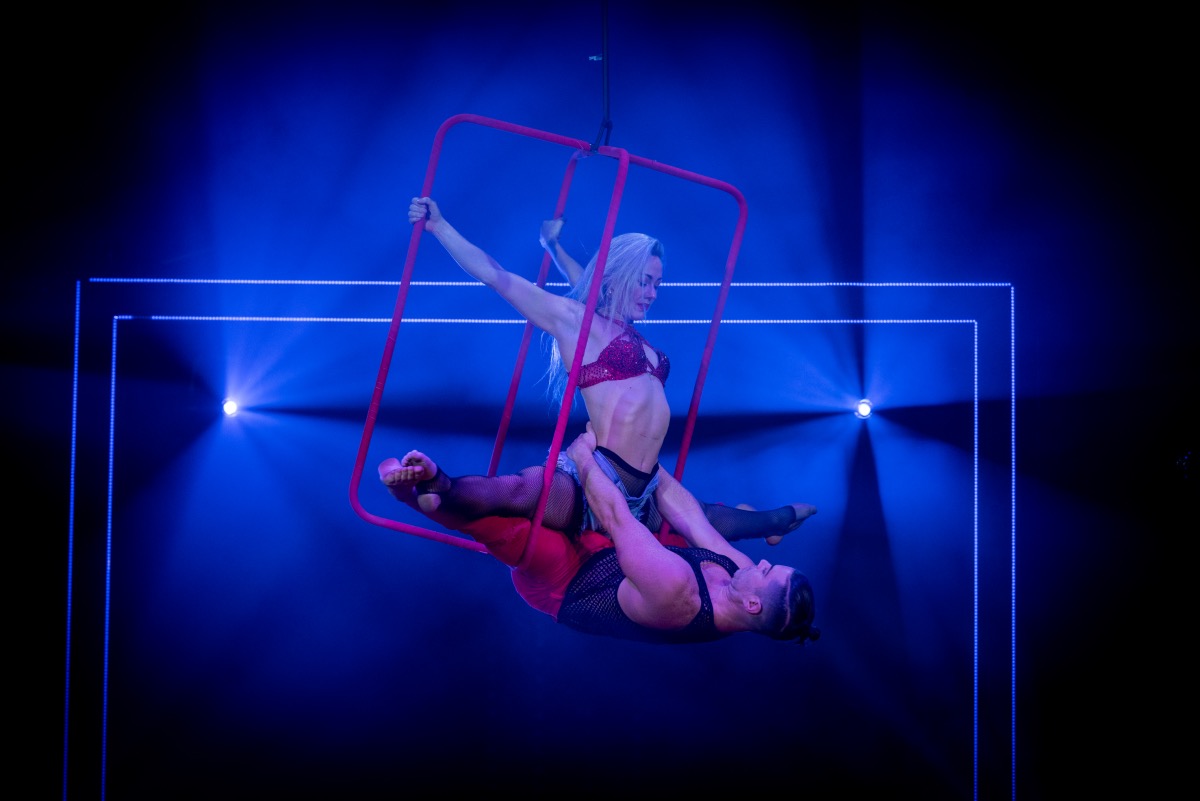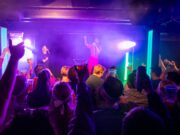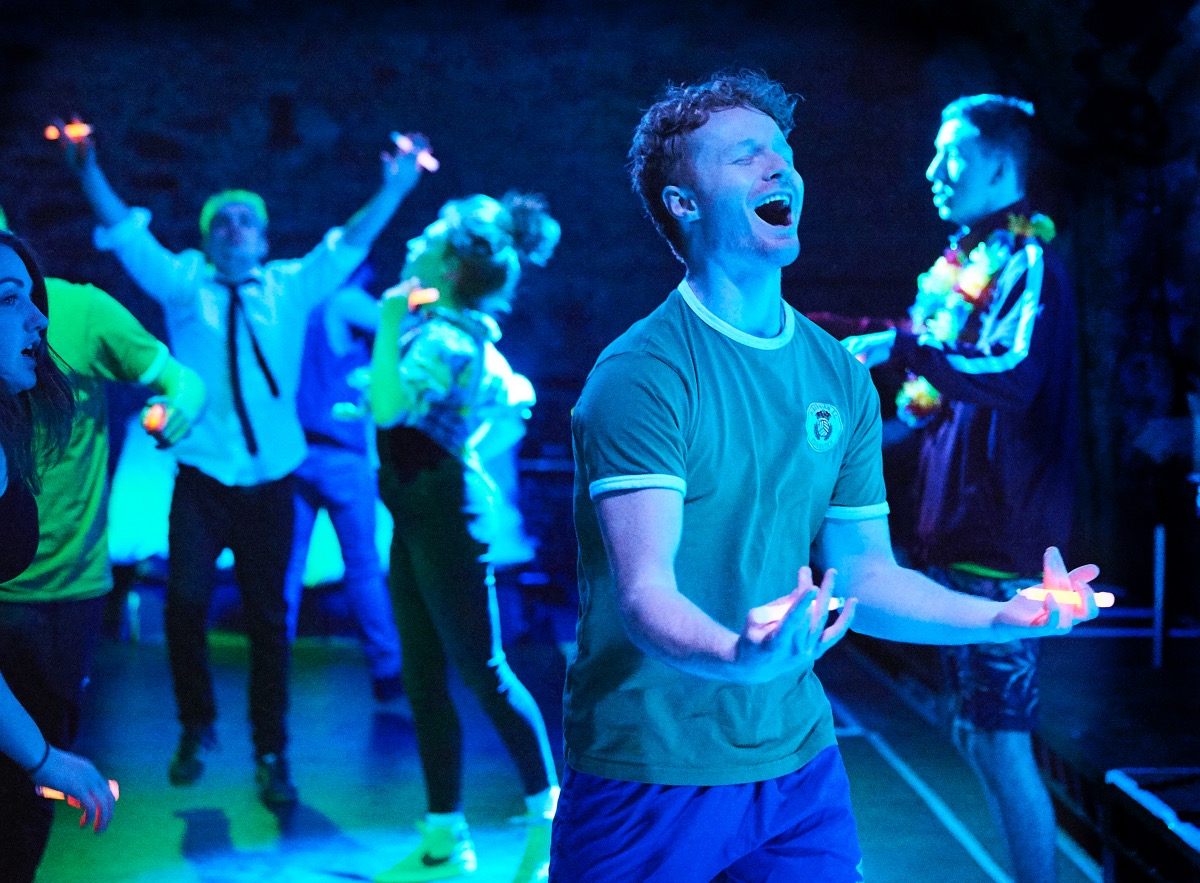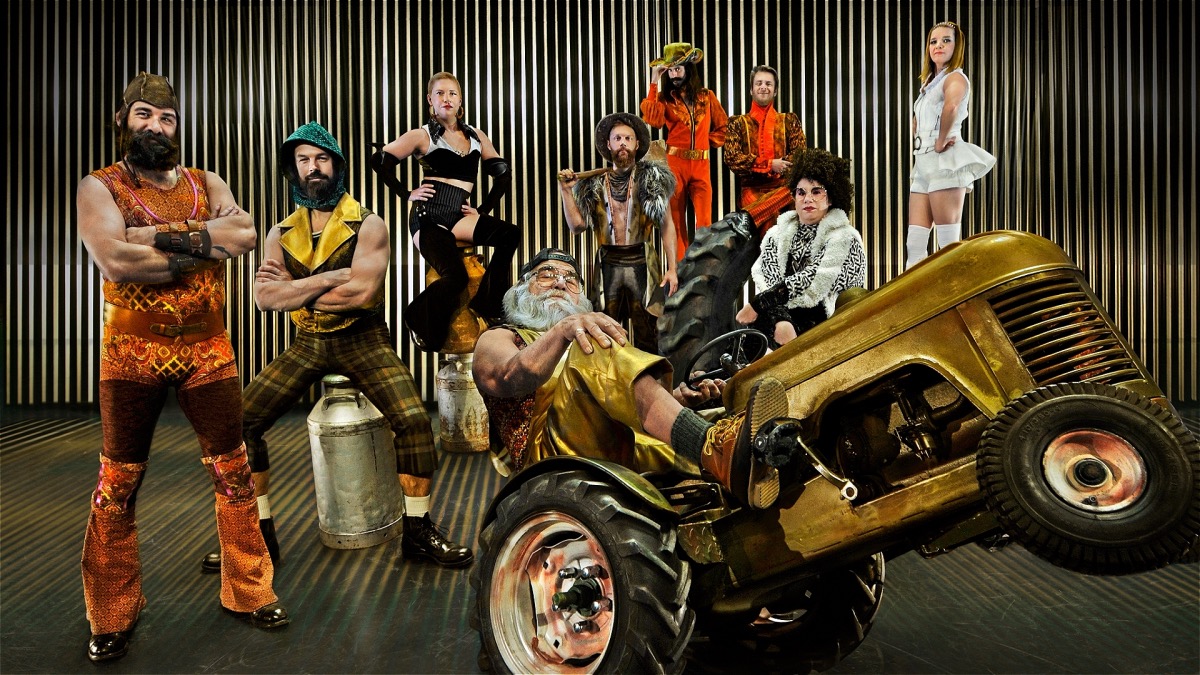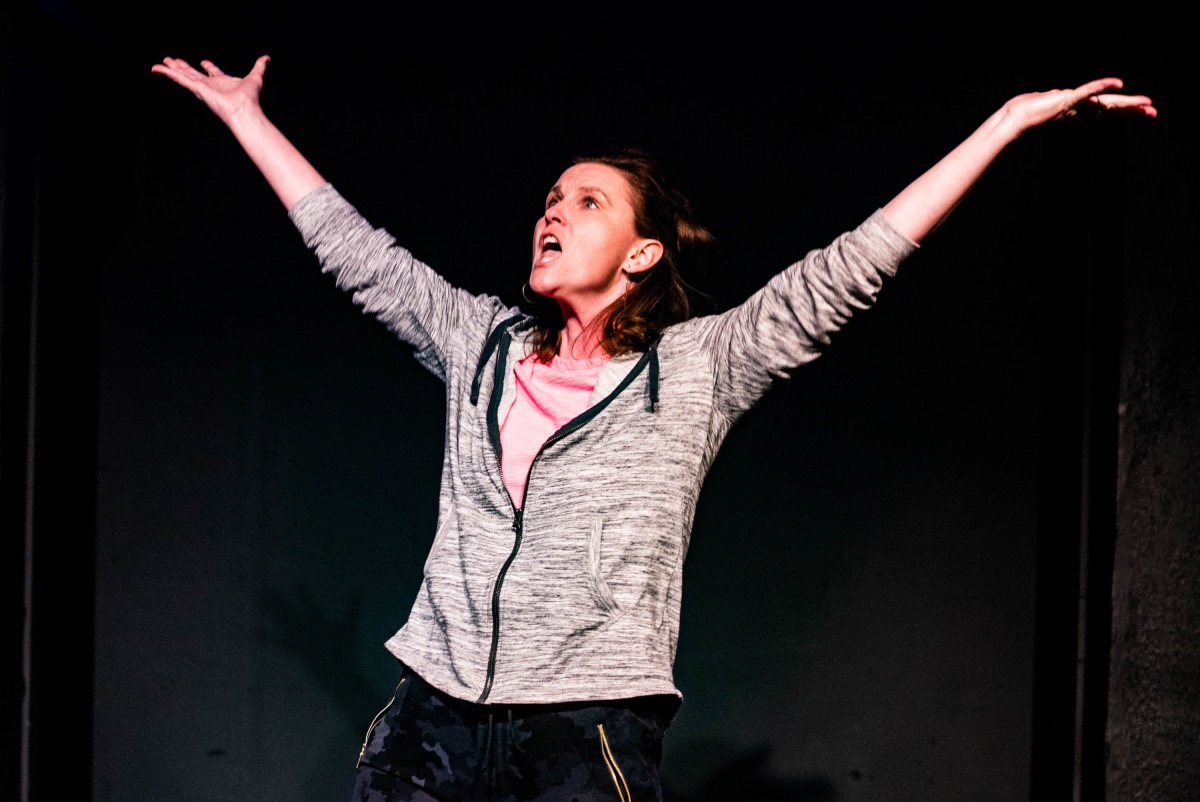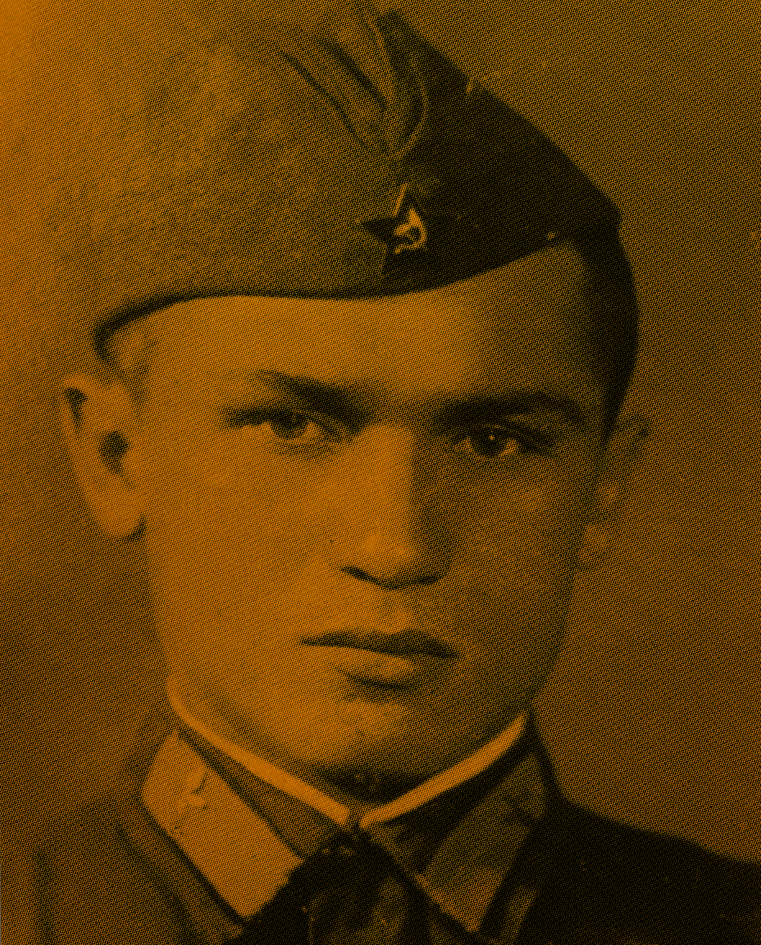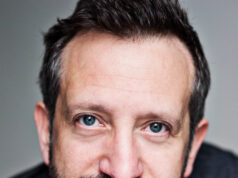British artist Piers Secunda presents Alderney: The Holocaust on British Soil, an exhibition of new work. The result of over three years’ research, it is on show at Cromwell Place until 15 April 2023.
Born in London in 1976 Piers Secunda studied painting at the Chelsea College of Art. Since the late 90s he developed a studio practice using paint in a sculptural manner, where he rejected the limitations imposed by the canvas.
His work examines some of the most significant subjects of our time, such as energy and technology history and the deliberate destruction of culture.
Over the past 15 years, Secunda has focused his practice on exploring themes around the destruction of culture, with extensive bodies of work about the Taliban, ISIS in Iraq, and other geopolitical events.
In this new series, his attentions turn to a subject close to home – the British Channel Island of Alderney. The island was occupied by Germany from 1940 to 1945 and is the location of the only German concentration camp to have been established on British soil where thousands of slave labourers were brought to the Island under the Nazi regime.
Alderney: The Holocaust on British Soil brings extraordinary light and colour to the lives and stories that were hidden through history. It demonstrates the UK’s experience of the Holocaust.
This is a fact-based exhibition supported by a wealth of archival material and newly discovered documents.
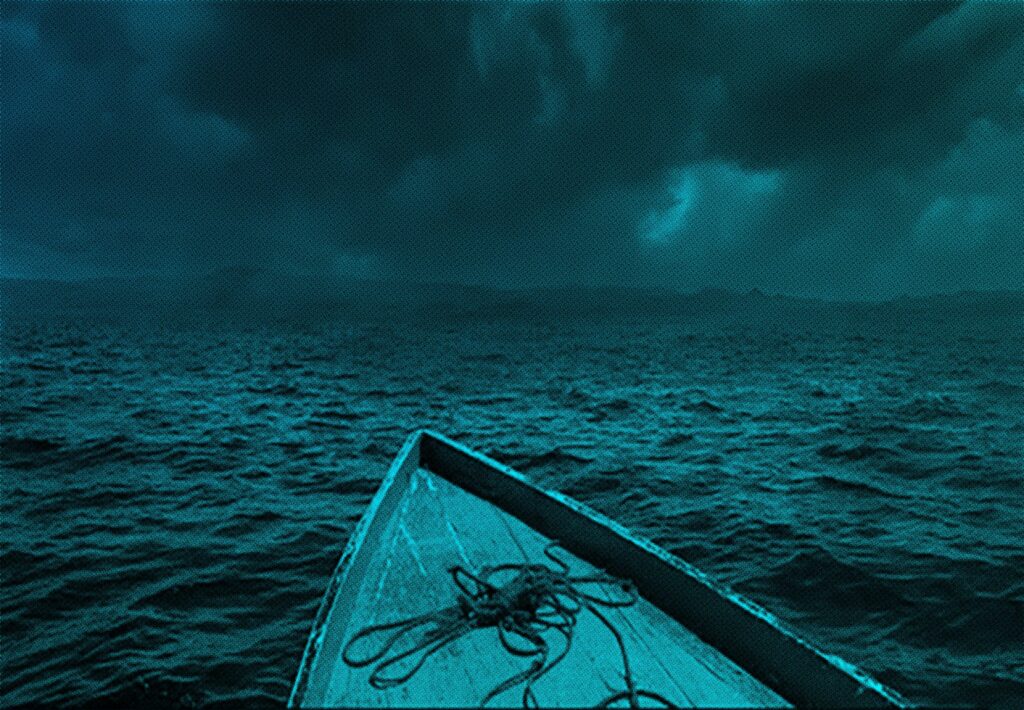
As the Telegraph wrote: “Piers Secunda’s shocking and revelatory exhibition documents the little-known atrocities that took place on one of the Channel Islands.”
With vast troves of forensic and documentary evidence about life on the island during the occupation, Secunda delves deep into the stories of a number of the slaves to communicate through his uniquely powerful approach these untold stories. By doing so he brings new life into these real people through his art.
Previously unknown sites act as a window through time and shine a light on the experiences of Holocaust victims on Alderney. Their suffering has left behind dramatic markers which add to our understanding of the Holocaust on British soil.
Focal works within the exhibition include moulds made directly from sites on Alderney, such as an execution wall, hand hewn marks from slave laborers digging underground storage facilities, and secret inscriptions scratched by prisoners into the wet cement of forced labour sites.
Due to the size of the original execution wall, Secunda’s original mould comprises a 4.5-metre wide, 2-metre-high section, and a section of this is presented here, alongside an abridged version of the forensic conclusions of Nicholas Petraco and Peter Diaczuk, both professors at John Jay College of Criminal Justice in New York and two of the most respected Forensic Scientists in the United States.
Additionally, groups of gunpowder prints are featured, created with burned German cordite from ammunition abandoned by the Germans on Alderney after the war. Each image is printed over brightly coloured extreme close ups of the wildflowers, blue sea and plants on the island, and each work is accompanied by a spoken narrative by Secunda which tells the story of the work – the QR codes that link to the recordings themselves printed with the same gunpowder ink.

One particularly striking work is that entitled David Petrovich Aged 23. Petrovich was a 23-year-old Russian pilot who died after being tortured on Alderney, on the 3rd of Feb 1943 – two weeks short of his 24th Birthday. His name has appeared on official lists of Russians who died on Alderney, now for the first time in 80 years, we can look him in the eye.
The exhibition also includes several reliefs. These are white cast industrial paint works from moulds of marks left behind on Alderney. They are pick marks in the soft soil walls of an underground ammunition storage facility, the never before seen name, address and date of birth of a slave labourer on Alderney scratched into wet cement, accompanied by details of his life and what became of him after the war.
An infographic describes how the German occupiers of Alderney continued to fight the war against the Allies, after D-day, in spite of being completely surrounded by sea, air and land. This is based on thousands of pages of previously unpublished documentation which Secunda has found. It reveals the extremes that the Germans went to, to continue fighting and uphold the order written by Hitler in 1942, to go about building and defending the Atlantic wall with “fanatical zeal”.
“Over the last few years, as global politics shift towards the right wing, the subject of the mass killing of slave and forced labourers on occupied British soil during WWII, has never been more important.” Piers Secunda
Runs until 15 April 2023 Cromwell Place 4 Cromwell Place, London SW7 2JE

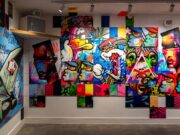
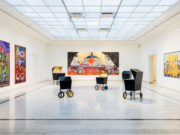

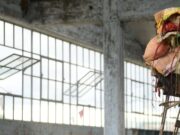
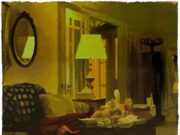
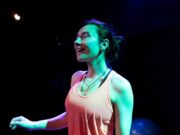

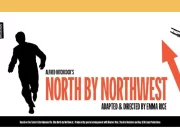
![Antigone [on strike] | Review Ali Hadji-Heshmati and Hiba Medina in Antigone [on strike] at Park Theatre, London. Photo: Nir Segal](https://theartiscapegallery.com/wp-content/uploads/2025/02/Antigone-on-strike-photo-by-Nir-Segal-D1_Standard-180x135.jpg)
